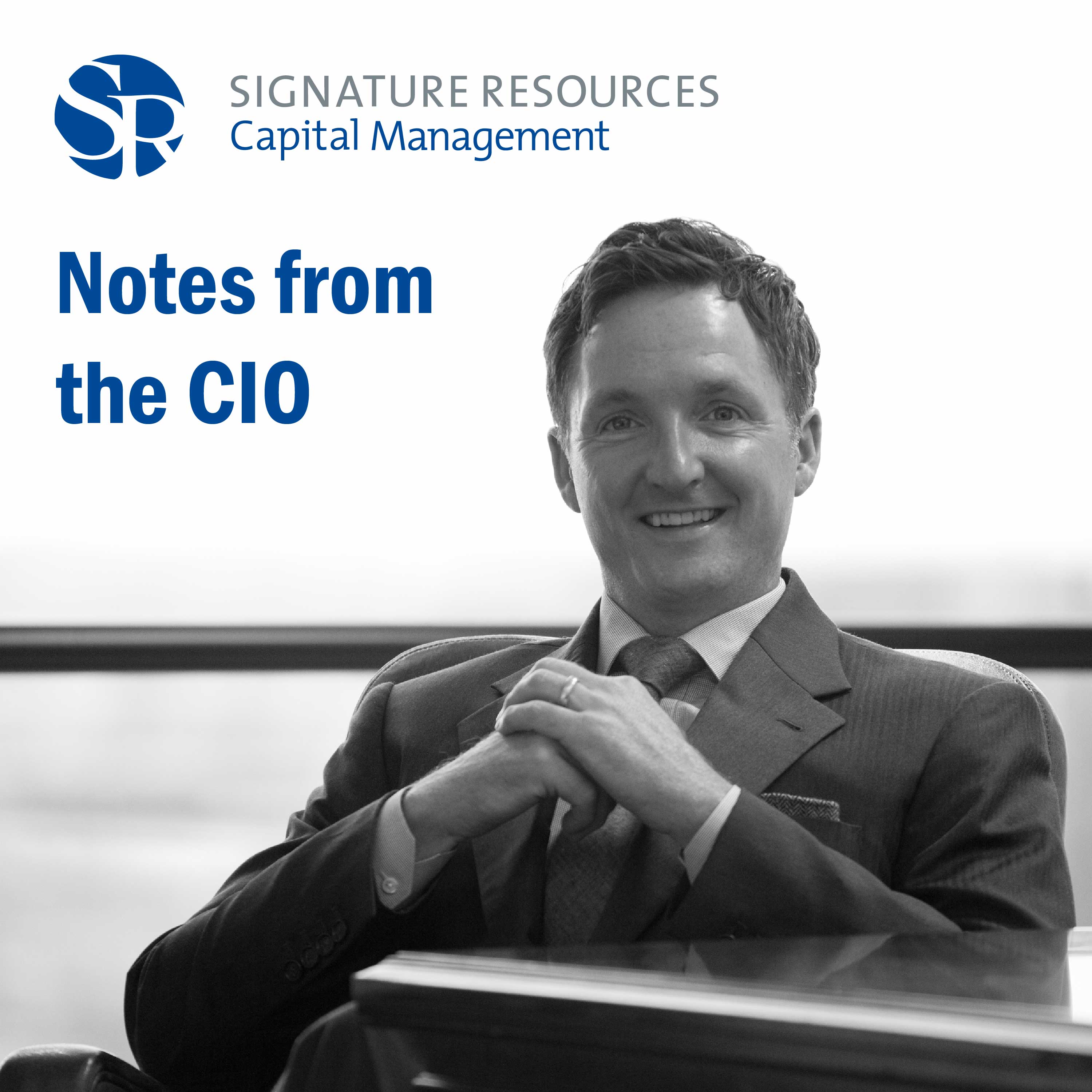- After-Shows
- Alternative
- Animals
- Animation
- Arts
- Astronomy
- Automotive
- Aviation
- Baseball
- Basketball
- Beauty
- Books
- Buddhism
- Business
- Careers
- Chemistry
- Christianity
- Climate
- Comedy
- Commentary
- Courses
- Crafts
- Cricket
- Cryptocurrency
- Culture
- Daily
- Design
- Documentary
- Drama
- Earth
- Education
- Entertainment
- Entrepreneurship
- Family
- Fantasy
- Fashion
- Fiction
- Film
- Fitness
- Food
- Football
- Games
- Garden
- Golf
- Government
- Health
- Hinduism
- History
- Hobbies
- Hockey
- Home
- How-To
- Improv
- Interviews
- Investing
- Islam
- Journals
- Judaism
- Kids
- Language
- Learning
- Leisure
- Life
- Management
- Manga
- Marketing
- Mathematics
- Medicine
- Mental
- Music
- Natural
- Nature
- News
- Non-Profit
- Nutrition
- Parenting
- Performing
- Personal
- Pets
- Philosophy
- Physics
- Places
- Politics
- Relationships
- Religion
- Reviews
- Role-Playing
- Rugby
- Running
- Science
- Self-Improvement
- Sexuality
- Soccer
- Social
- Society
- Spirituality
- Sports
- Stand-Up
- Stories
- Swimming
- TV
- Tabletop
- Technology
- Tennis
- Travel
- True Crime
- Episode-Games
- Visual
- Volleyball
- Weather
- Wilderness
- Wrestling
- Other
With Tech Tread Carefully
While it’s understandable that investors may get excited about future prospects of new industries and business models, that enthusiasm may need to be tempered when it comes to the associated investment cases. Early investors may see substantial gains from the immense risks they took on when potentially grand success was merely imagined. But even later buyers-in may be arriving when measurably optimistic prospects are still baked into the valuation pie. Past examples of the resulting heartburn may provide reason for caution: Market history is strewn with examples of investors rallying around emergent business themes, only to find their return expectations to have proved wildly optimistic. Disappointing outcomes may be especially acute when investments are concentrated across relatively few participants in the new models Perhaps better to spread investments across a wider range of potential future winners from yet unforeseen advantages than buy into an already widely priced-in story Though it may seem painful in the short-term to have not fully participated in hyperbolic gains, more rationale perspectives may lead to improved longer-term outcomes Listen to this month's Notes from the CIO podcast: 202306 SRCM CommentaryDownload So Top Heavy One can argue that the outsized gains experienced by its largest stocks over the past few years have seen the domestic equity market become a good bit less diversified. Rising from near a tenth of the U.S. market in early 2016, the five biggest names in terms of market capitalization now account for more than 20% of the broadest market exposure and represent an even higher concentration when one looks at large-cap stocks alone. Definitionally, that heavier concentration may have allowed some investors to benefit from the gains that have led to that declining diversity. One naturally wonders, though, to what undue risks might the ongoing ownership of these now far weightier names expose investors. As with most things in investing, the answer must be a nuanced one. From our perspective, the ongoing risks are less about the size than they are about how that size has come about. Most meaningful: what happens if the optimistic investment themes that have been driving some of what we see as excess returns fail to meet expectations? Imagine an Ill Wind… Given the expectations reflected in the current valuations of these large-cap, mostly technology-oriented names, we don’t doubt that investors in any one or all of the current Big-5 U.S. stocks could experience future disappointment. Such are the natures of corporate, industry and mac

